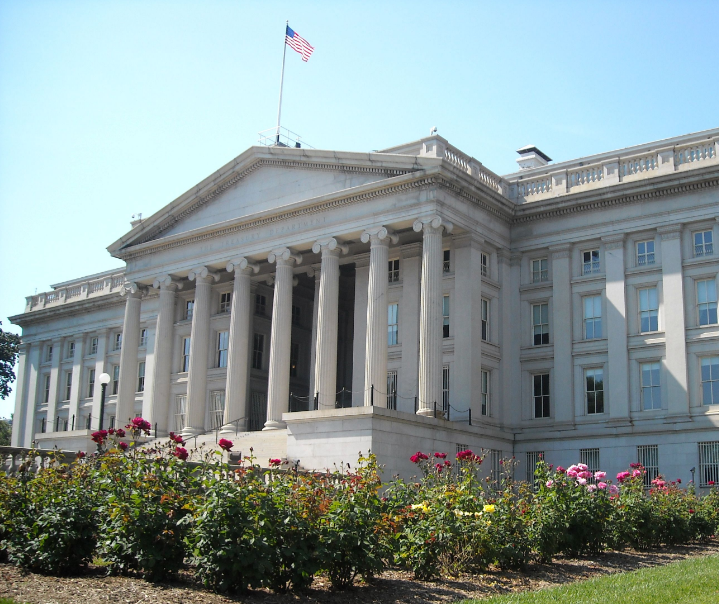A History of Public Money Creation – Summary

Throughout history, governments have used their ability to create money to fund public spending. While none of these policies were called, “People’s QE”, “Strategic QE”, “Sovereign “Money Creation”, or “Helicopter Money” (what Positive Money collectively refers to as Public Money Creation), they shared the common trait of using newly created state money to finance government spending, rather than relying on commercial banks to create new money through lending.
Significantly, the times when Public Money Creation has resulted in high inflation or even hyperinflation (inflation of over 50% a year) have been well documented. However, the times when governments have created money in a careful and responsible manner to grow the economy are usually ignored or overlooked.
This neglect of the positive history of Public Money Creation is one of the reasons the subject is still largely taboo. Consequently, there has been little effort to understand the relationship between state-led money creation and inflation; it has become a widespread and strongly held misconception that money creation by the state will always result in hyperinflation. Rigorous analysis and the application of economic theory have been thus dispensed with – only to be replaced by this fundamental misgiving.
At Positive Money we want to set the record straight and bring to light the many case studies where state-led money creation has successfully boosted the economy without leading to economic disaster. This will hopefully challenge the knee-jerk reactions of many economists to any suggestion of state-led money creation, and encourage them to bring theory and analysis back into the debate.
We have released a series of eight concise posts with case study examples illustrating the circumstances where Public Money Creation has helped grow the economy:

In the first post we discuss some of the theory behind money creation and inflation, and then look at the British case study:
Does Public Money Creation Always Lead to hyperinflation? It Didn’t in Britain (Part 1)

In Post 2 we show how the wrong lessons have been learned from Weimar and Zimbabwe country case studies:
Hyperinflation: How the Wrong Lessons Were Learned from Weimar and Zimbabwe (Part 2)

In Post 3 we go far back in history, looking at ancient China and the Roman Empire:
Money Creation for the Public – Even the Ancients Were Doing it! (Part 3)

Post 4 considers the examples of Guernsey and Pennsylvania in the 18th and 19th century:
Public Money Creation Where You Least Expected It! (Part 4)
Posts 5,6, and 7 look at the pre-WWII case studies of Japan, Germany and the USA respectively:

An Old Japanese Recipe for Thwarting economic recessions – Public Money Creation! (Part 5)
Here’s why Japan was able to kick-start growth in the middle of a global recession.

Money Creation for the Public in Germany – Moving Beyond Weimar (Part 6)
Many economists have a misunderstanding of what caused hyperinflation in the Weimar Republic. More importantly, many economists have overlooked the times when QE for People was used to successfully grow the German economy.

Not My First Rodeo: Money Creation for the Public in the USA (Part 7)
Despite popular rhetoric, the World’s biggest economy did use the state’s money creating powers to help boost output. Guess what, it didn’t result in hyperinflation!

Post 8 reviews the more recent country examples of New Zealand and Canada:
Canada and New Zealand performed Public Money Creation (Part 8)